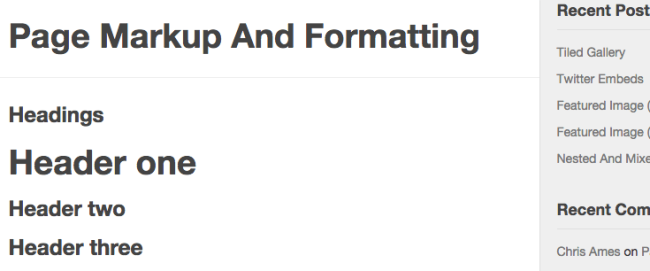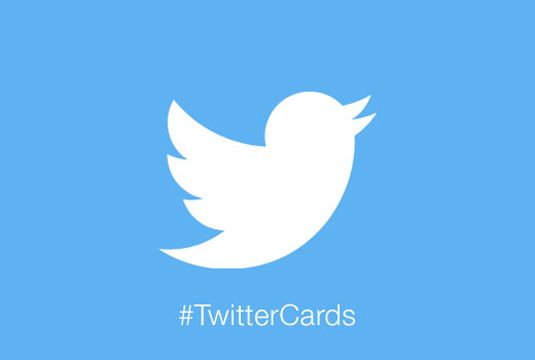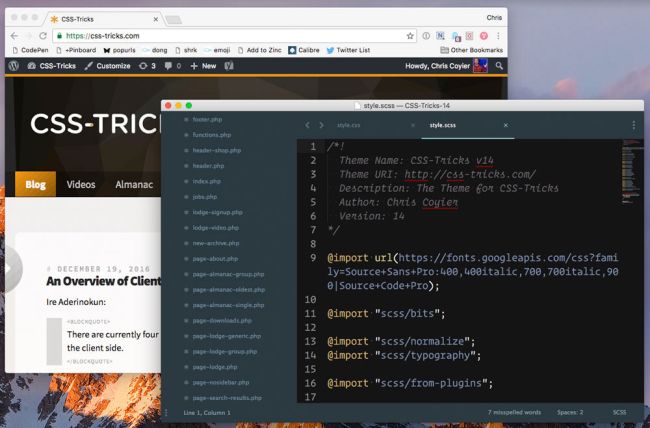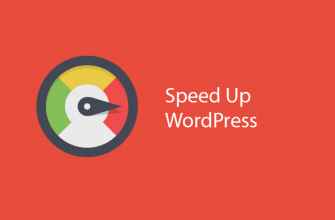- 01. How to install WordPress
- 02. A beginner’s guide to creating a WordPress website
- 03. WordPress cheat sheet
- 04. How to learn WordPress in one week (for free!)
- 05. How to make the WordPress editor look like your website
- 06. How to prepare your WordPress site for a surge in traffic
- 07. How to Disable Trackbacks and Pings on Existing WordPress Posts
- 08. How to Install Google Analytics in WordPress
- 09. Using the Psychology of Color to Boost Your WordPress Website Conversions
- 10. Add icons to WordPress custom menus without plugins
- 11. How to create and customise a WordPress child theme
- 12. The ultimate guide to A/B split testing with WordPress
- 13. Beginners guide to adding Twitter cards in WordPress
- 14. 5 free essential plugins for your first WordPress blog
- 15. How to create your very first WordPress plugin
- 16. How to make your WordPress site multilingual
- 17. Methods for Overriding Styles in WordPress
- 18. Responsive images in WordPress with art direction
- 19. Free SSL for any WordPress website
- 20. How to hide your WordPress login page from hackers and brute force
- 21. How To Make WordPress Hard For Clients To Mess Up
- 22. Leverage WordPress functions to reduce HTML in your posts
- 23. A look at the modern WordPress server stack
- 24. The ultimate guide to WordPress caching
- 25. Timber and Twig reignited my love for WordPress
WordPress is one of the world’s most popular publishing platforms. It’s highly customisable, very easy to use and it’s completely free, making it an obvious choice for anything from a simple blog to an online design portfolio.
Because of its enormous popularity, there’s a wealth of WordPress portfolio themes available, plus plenty of WordPress tutorials online to help you get to grips with the CMS. But with so much choice, things can often get confusing.
To save you time, we’ve picked 25 brilliant WordPress tutorials from around the web. To help you find the right ones for you, we’ve grouped them according to skill level: beginner (this page), intermediate and advanced. You can use the drop-down above to find the ones you want.
01. How to install WordPress
Perhaps the most frightening part of getting started with WordPress is the business of actually installing it. Thankfully this comprehensive WordPress tutorial from WPBeginner covers all the bases, with detailed instructions to help you get up and running with ease.
02. A beginner’s guide to creating a WordPress website
This complete guide to creating your first WordPress site is a great place to start if you’re a total beginner, or someone with a bit of experience looking to fill holes in their knowledge. There are sections on everything from domain names, to how to choose a theme, and tips for keeping your WordPress site secure.
03. WordPress cheat sheet
Cheat sheets are ideal when you’re starting out, and can still prove useful to refer back to when you’re more experienced. This one lays it all out for you and provides a brilliant go-to for any WordPress woes.
04. How to learn WordPress in one week (for free!)
This step-by-step WordPress tutorial is aimed at beginners who are trying to become competent with the platform in their spare time. It assumes some familiarity with the WordPress, as well as a basic understanding of HTML, CSS and PHP. If you have all that, and 2-3 hours free each day, this course will turn you into a WordPress whizz in just a week.
05. How to make the WordPress editor look like your website

Using the Preview button is OK, but it’s much better to be able to write your posts and see how they’re going to look on the site without having to switch back and forth between view modes. This great tutorial shows you how to do just that.
06. How to prepare your WordPress site for a surge in traffic
A sudden traffic spike on your site can be a lovely surprise… until the spike gets out of hand and your site can’t deal with the sudden influx of visitors. This tutorial explains how to anticipate spikes and prepare your site in advance. It also shows you what to do if your site slows down or crashes after a surge. Handy stuff.
07. How to Disable Trackbacks and Pings on Existing WordPress Posts
Trackbacks and pingbacks used to be a handy way for blogs to notify each other that they’d linked to a post, but today they’re mostly used by spammers to flood your comments with links to their sites. WordPress makes it easy to prevent link notifications on new posts, but disabling them on older posts is a little more involved; here’s how to do it.
08. How to Install Google Analytics in WordPress
If you’re serious about your site then you’ll want to get to know your audience, and the best way to do this is through your traffic stats. That’s where Google Analytics comes in. It’s free and it can tell you who visits your site, where they come from, when they visit, what they look at while they’re there, and how they interact with your content. Follow this guide to get up and running.
09. Using the Psychology of Color to Boost Your WordPress Website Conversions
Choosing the right colours for your website can have a big impact on its effectiveness (and on an ecommerce site, that means more sales). This WordPress tutorial shows you how to convert colours to customers.
10. Add icons to WordPress custom menus without plugins
Adding icons to custom menus can be a nice way to add personality to your site, as well as improving usability. It’s a relatively simple, two-step process that doesn’t involve any PHP coding whatsoever. And this WordPress tutorial will show you just how to do it.
11. How to create and customise a WordPress child theme
When looking to customise a website, a lot of people edit the theme directly. This creates a number of problems, not least that you can’t update the theme without losing your changes! The smart way to modify your site design is with a child theme. This tutorial walks though how to create one.
12. The ultimate guide to A/B split testing with WordPress
Even tiny changes to the phrasing of copy or the position of a button on your site can have a big impact on how people use it. There’s no need to guess what will work and what won’t – you can prove it using A/B testing. This WordPress tutorial shows you how to test out different options before you commit to them.
13. Beginners guide to adding Twitter cards in WordPress

Social media is a great way to get the word out about your site or blog. Twitter Cards make it possible for you to attach media experiences to your tweets that link to your content. This WordPress tutorial shows you how to use them.
14. 5 free essential plugins for your first WordPress blog
There are a massive number of plugins available for the WordPress users. So how do you pick out the ones that will actually be useful? In this tutorial, the guys at WPMU DEV pick their five must-have plugins for your first blog. They cover everything from monitoring pageload speed to protection against spam.
15. How to create your very first WordPress plugin
If you can’t find what you need in the vast library of WordPress plugins, the next step is to think about making your own. It’s not as difficult as it sounds. Find out how in this simple walkthrough.
16. How to make your WordPress site multilingual
Businesses that want to expand internationally might want to consider making their WordPress site multilingual. This tutorial from net magazine explains how to do so, with the help of some tools, plugins and translation services.
17. Methods for Overriding Styles in WordPress

WordPress makes it delightfully simple to add advanced features to your site using plugins, but occasionally you might find that a new plugin conflicts with your installed theme or with another plugin, and the results can ruin your site’s looks. Fixing such conflicts can be quite a challenge; this tutorial talks you through some techniques for overriding conflicting CSS so you can take back control of the styling for any part of your site.
18. Responsive images in WordPress with art direction
Support for responsive images has been in WordPress for a while, in the form of viewport-based image selection, but there’s another, more versatile way to do responsive images on WordPress: using art direction. This method enables you to design with images whose crop or composition changes at certain breakpoints. Follow this tutorial to discover how to set up a WordPress site for art direction using three progressive examples.
19. Free SSL for any WordPress website
Even if you don’t process sensitive information, serving your site via SSL makes you look more credible, protects passwords and improves SEO. And if you have an ecommerce site and want to process credit cards, it’s mandatory. Here’s how to set up your site to serve via HTTPS, for free.
20. How to hide your WordPress login page from hackers and brute force
Even WordPress sites that don’t get much traffic attract huge numbers of malicious login attempts. There are a number of different strategies you can use to help protect your site. This WordPress tutorial runs through one simple way to make yourself less visible to hackers.
21. How To Make WordPress Hard For Clients To Mess Up

In some situations, WordPress has too much functionality. This can confuse your clients and put them at risk of breaking their site, so it’s a good idea to turn off anything that isn’t needed. In this article, seasoned developer Emerson Loustau outlines which features can do the most damage and explains how to remove them to create a simpler, safer interface for your clients.
22. Leverage WordPress functions to reduce HTML in your posts
Keeping HTML classes out of your content is a good idea, because they can make a real mess when it’s time to redesign the site. It’s possible to generate the HTML you need and insert it into the right place in the post, and then update this function when you redesign the site, thus removing the need to update posts manually. This tutorial shows you how.
23. A look at the modern WordPress server stack
Troubleshooting is always easier when you’ve got a sound mental picture of how something works. This fascinating article demystifies the WordPress stack, so you can make wise choices about your site and keep it performing well.
24. The ultimate guide to WordPress caching
If your website doesn’t load quickly, a good proportion of your visitors won’t hang around to use it. This article explains how to use caching plugins to help you get your site into people’s screens as fast as possible.
25. Timber and Twig reignited my love for WordPress
Once you get properly stuck in with WordPress, the intermingling of PHP and HTML can become confusing. Twig is a template that keeps them separate, making your codebase easier to work with.





